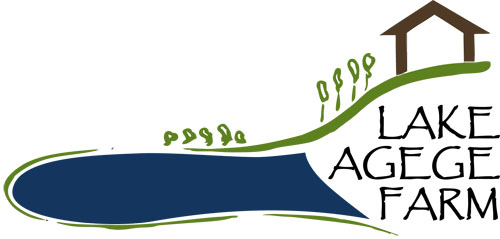SLECI = Self-regulating, Low Energy, Clay based Irrigation
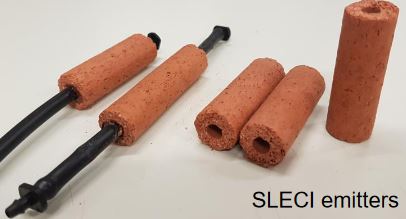
The SLECI system, developed by one of the DIVAGRI partners, the German Research Institute IPT

The principle of the technology.
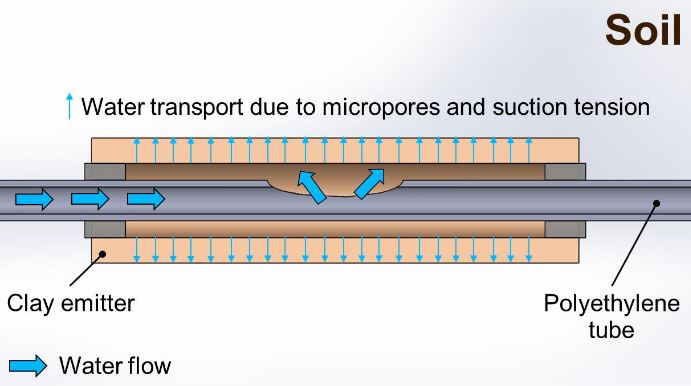
Schematic representation of how the water is released from the moistened clay bodies into the surrounding earth
All these three pictures are taken from the SLECI | DIY and O&M manual. For more information please check:
https://www.youtube.com/watch?v=WL3hp_GOt98&ab_channel=LeanneSeeliger
.
We started to adapt the SLECI irrigation system to our new cashew field.
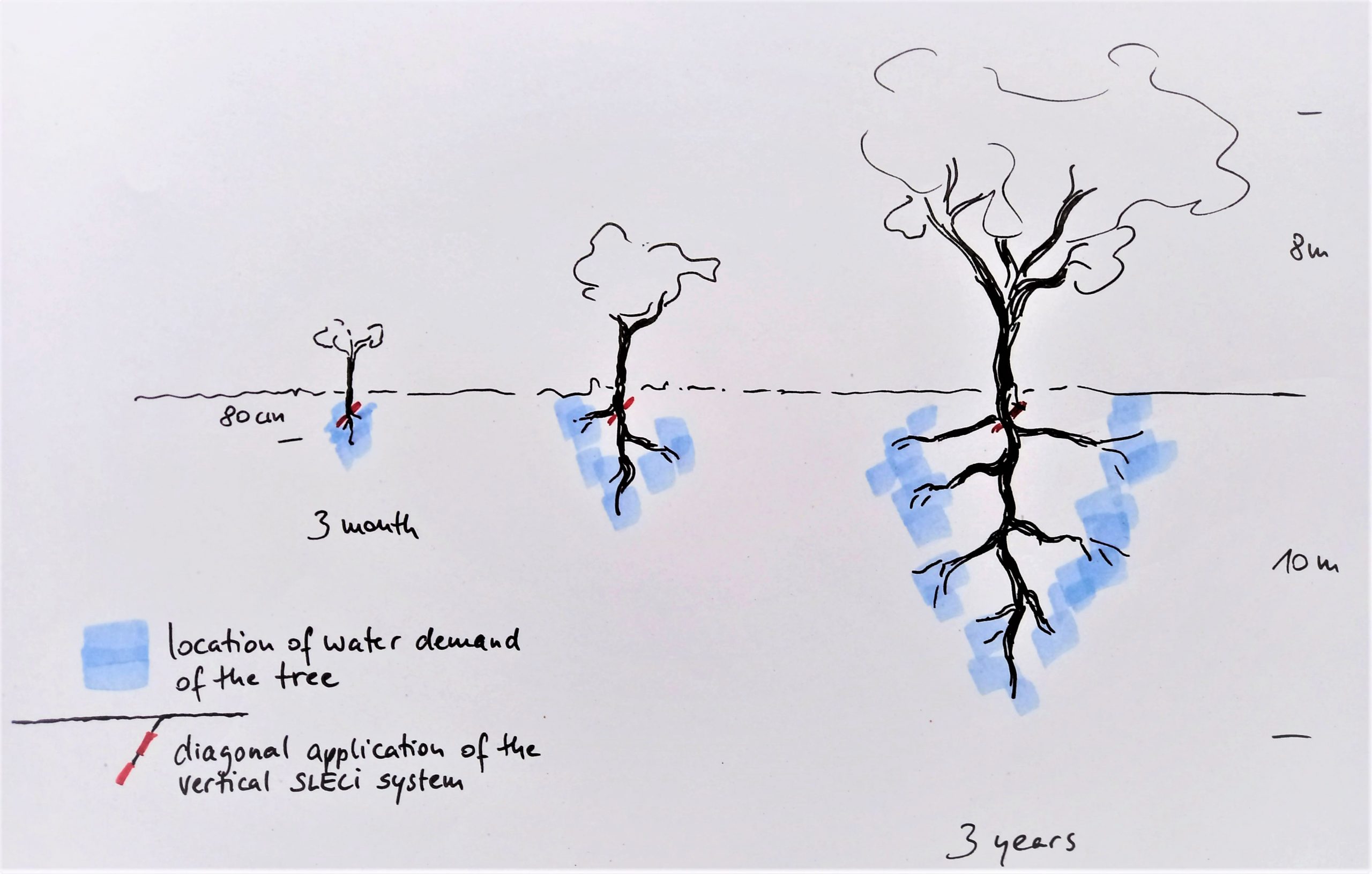
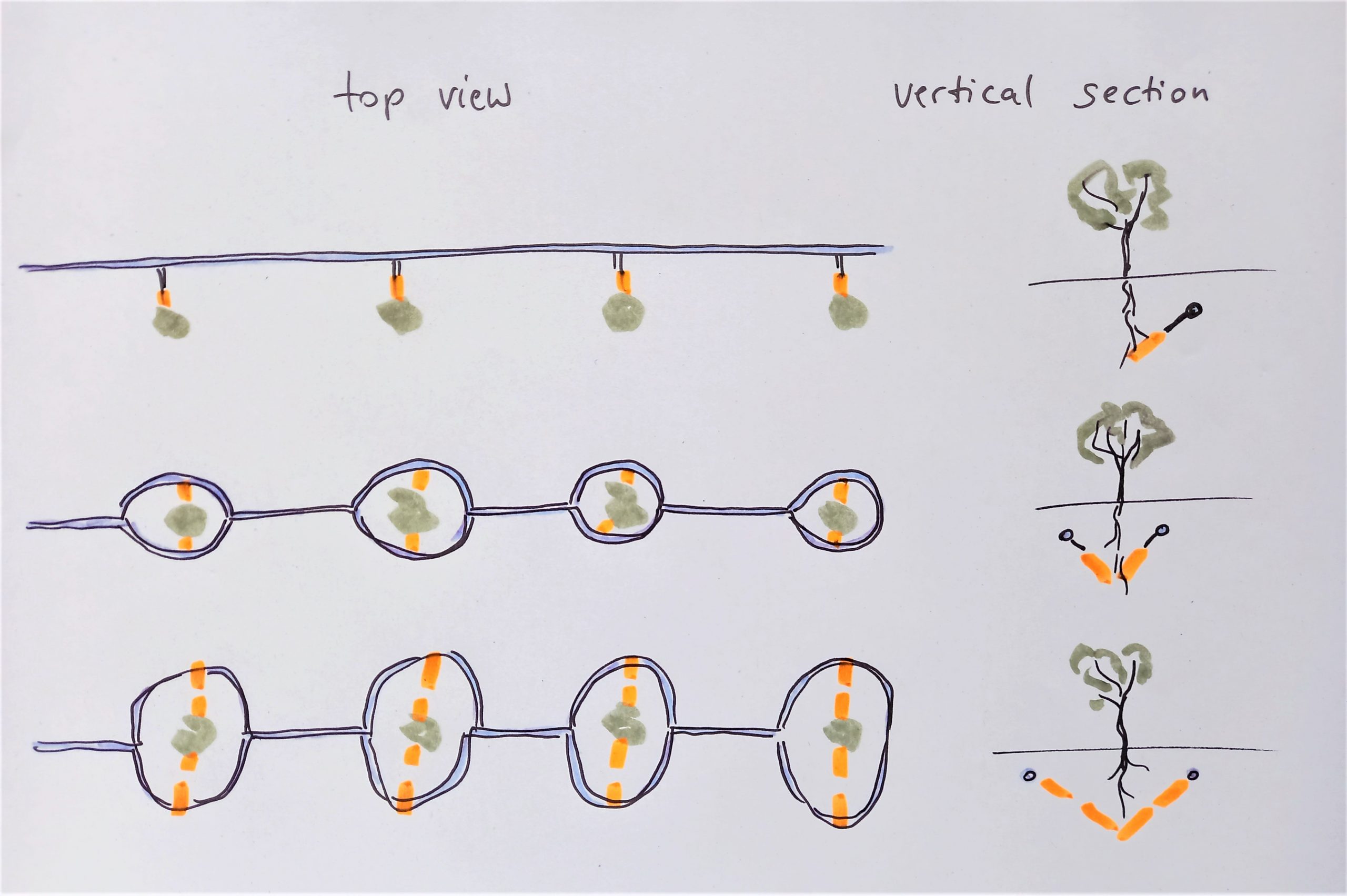



Field size 2,500 sqm
Goals
- Establishment of a cashew plantation under irrigation conditions.
- Test of an underground irrigation system (SLECI) in different installation methods compared to drip irrigation
- Demonstration of the technique to smallholders in Mfantseman, possibly beyond
- Accompanying economic perspective over 5 years in national and international terms
Test duration: 3 dry seasons, 3 rainy seasons
Natural conditions: The test field area is located on a previously unused area with secondary forest (bush growth) The area is flat. It is located on a hill about 100m above sea level and is about 400m from a lake.
Soil quality: loamy sand in a hardened structure, containing rocks.
Preconditions: A water pipe to the hill near the test field has already been laid.
rainfall amounts: rainfall is almost exclusively in the period from April to November in two rainy seasons.
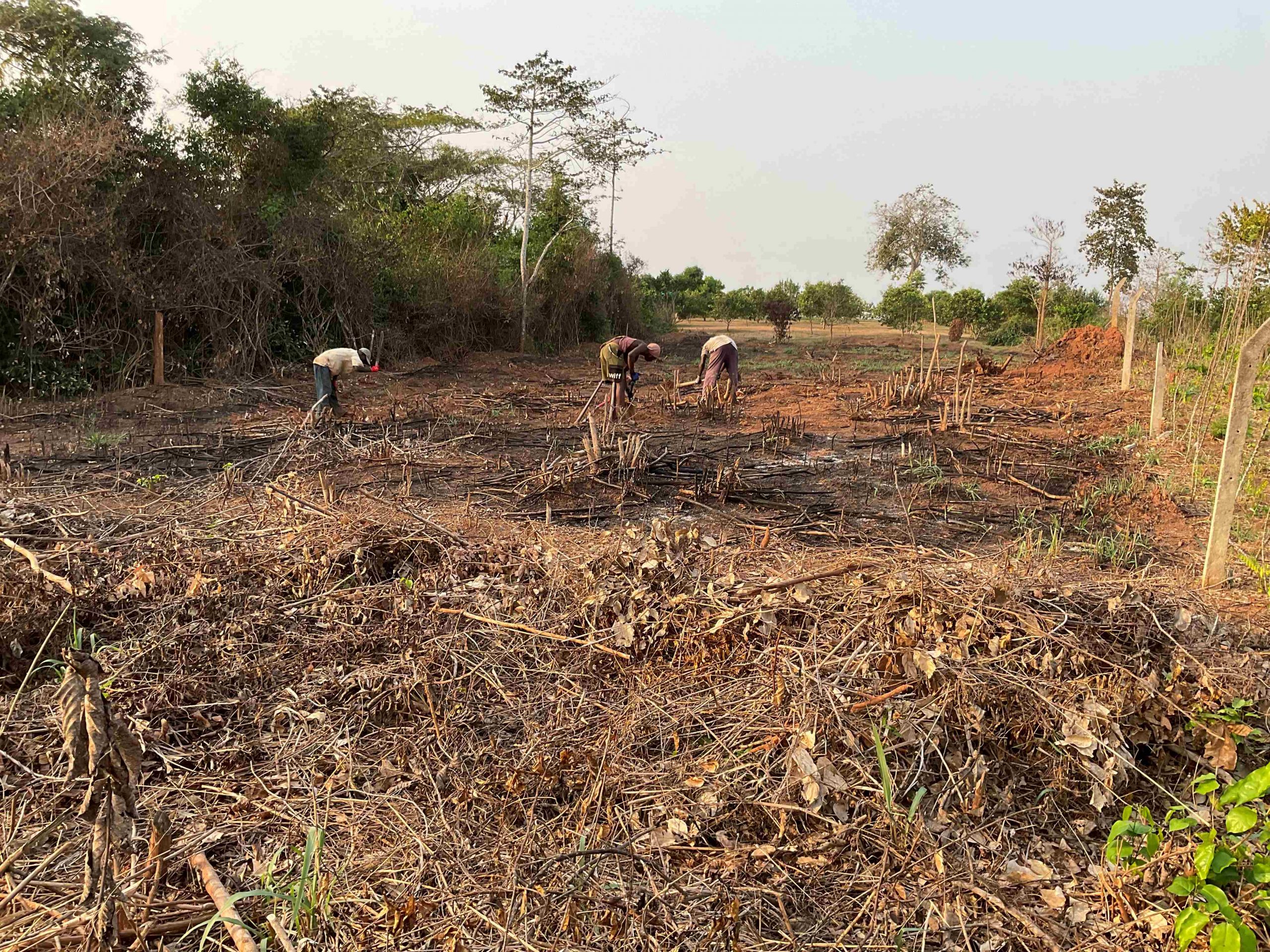
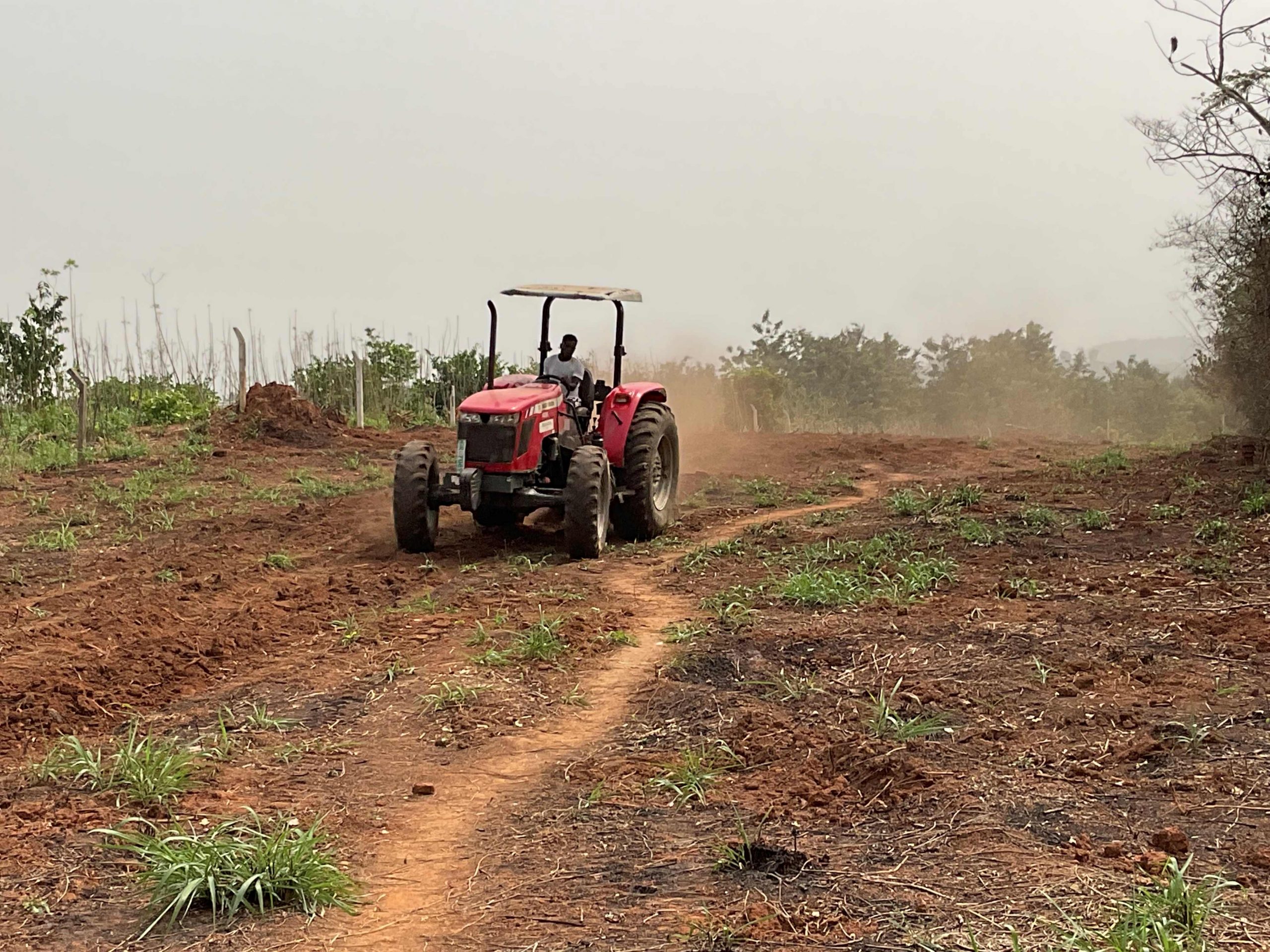


It was hard work with the bush knife, the saw spade and the pickaxe to clear the SLECI area of vegetation. Afterwards we worked with the tractor with harrow and plow and finally we leveled the new field
.
Dr. Maik Springmann explains the principle of the SLECI technology.
SLECI = Self-regulating, Low Energy, Clay based Irrigation
.
Hard work for the tractor to prepare the field for the new cashew plantage as a demonstration field for the innovative SLECI irrigation

